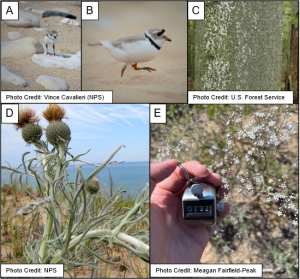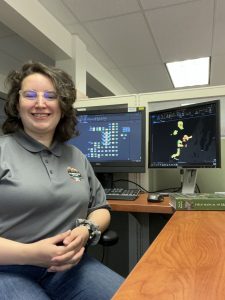As my internship continues, I have had the pleasure to dive into such an interesting project that encompasses a large variety of datasets requiring me use a landscape approach for the GIS prioritization model. Here at Sleeping Bear Dunes National Lakeshore (SLBE), there has been continuous work to keep the park pristine for tourist and the community while still supporting the resources throughout the park to have a balanced and healthy ecosystem. This ranges from water quality testing, trail maintenance, to population monitoring and much more.

While managing the land and its resources, it can be easy to focus on one aspect. To focus on just the affect that Beech Bark Disease has on the Beech tree population or see the growth of the Piping Plover population after a very successful nesting season but taking a step back shows much more. The death of Beech tree will lead to it falling and opening a gap in the tree canopy. This gap provides the opportunity for fast growing invasive plants to establish and out compete native plant species. While the successful control of the invasive Baby’s Breath can provide a more suitable habitat for the Piping Plovers to create their nests within the dunes.
These are just examples of the importance of looking at the big picture and managing through a landscape approach. There are certainly limitations to the landscape approach, as it requires a lot of time and multiple large datasets. There is also the benefit that landscape approach promotes collaborations between different disciplines and backgrounds. Within my project, I have been focusing on the overall landscape of SLBE while developing a GIS prioritization model for adaptive invasive plant management. By considering the locations of invasive plants as well as the known nesting areas of the Piping Plovers, the locations of resistant Beech and Ash trees, the varying landcover types, the locations of rare plants, the proximity to recreational areas, water bodies and so much more giving an encompassing look into the area.

Even with the drawbacks of landscape approach, the application of it in the adaptive management of natural resource can be extremely beneficial. I see it being applied more often as scientist continue to discover and work to understand the environment. Overall, the understanding that the natural world is all connected is incredibly crucial and will not only help projects today but is needed when planning for what’s to come.

